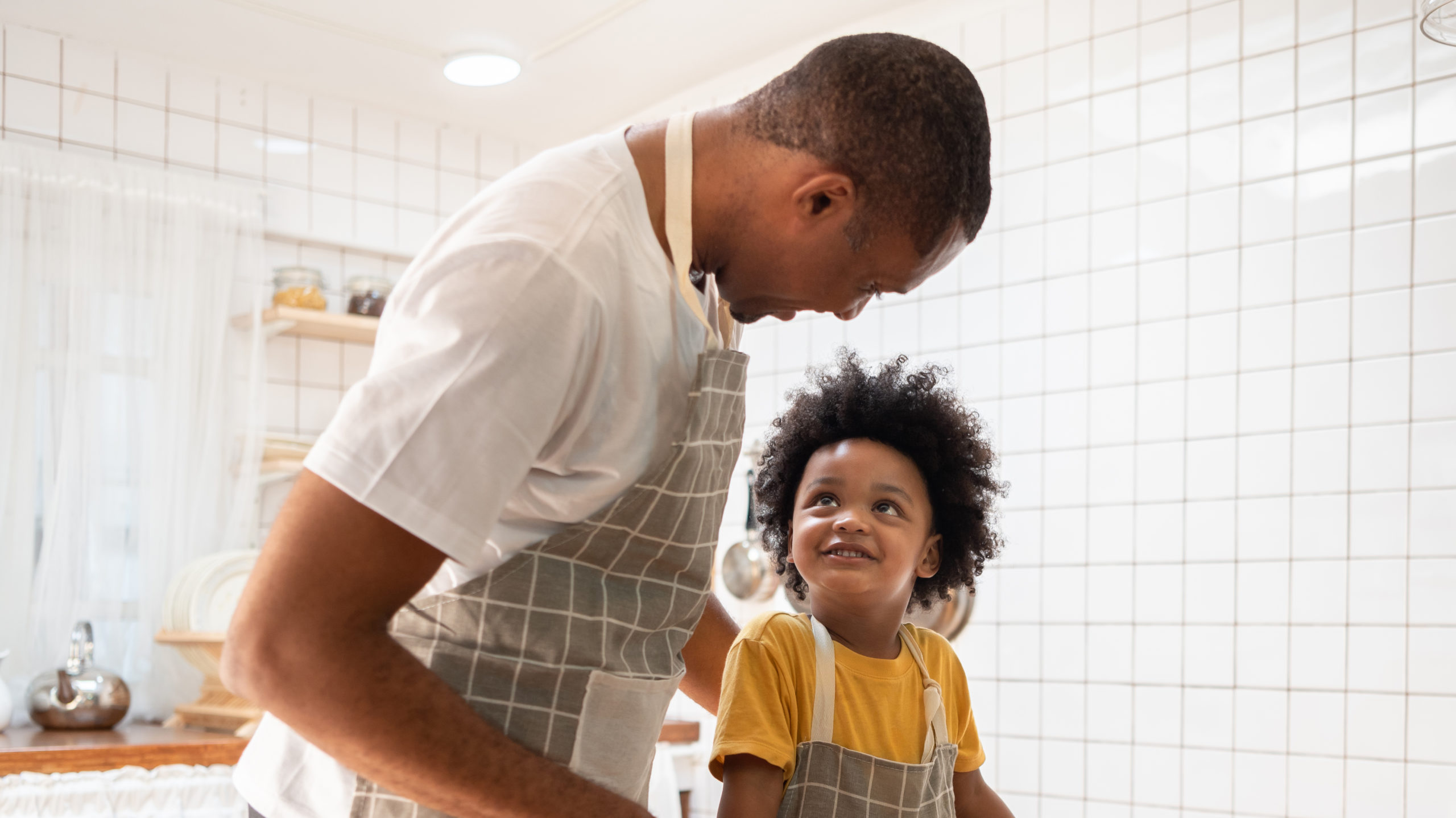What does Easter make you think of? If you said eggs or eating, bunnies or bells, maybe you’ll understand when we say that, for us, Easter is also a great opportunity to explore long and short E sounds.
Understanding how different letters and letter combinations correspond to different sounds is key for reading and spelling. But that letter-to-sound correspondence isn’t as simple as we might wish, as any parent who encourages their child to “sound it out” quickly realizes.
Helping our kids recognize common spelling patterns—and exceptions—builds their reading and writing skills. And the best way to do that isn’t to drill our kids on patterns or “rules,” but rather to trickle in simple lessons during fun times together, then reinforce them when we can.
The long E (as in Easter) and short E sound (as in egg) are especially challenging. There are so many different letter combinations that make the long E sound (think of cream cheese and berries, for example), and so many variations (think bread and spread).
That’s why we’ve put together a sweet Easter-time snack activity designed to help kids explore different spellings of the E sounds. You can read this Easter Egg Bread recipe together, noting the spellings of long and short E sounds, and then make your treat.
As you review the recipe with your child, note the various words with long and short E sounds. I suggest handing your child a pencil and helping them circle all the E sounds they find. (To help you, here’s a list of letter combinations that make a long E in this recipe: EE, EA, Y or IE at the end of a word. The letters that make a short E in this recipe: E, EA as an exception.)
Chatting about these different spellings and patterns, and noting the exceptions to the spelling “rules,” as you make a treat together will help stick them in your child’s memory.
This recipe is part of our Read with Me Recipe series of printable recipes that are super easy to make—and read—with children. They feature simple words and short sentences typed in an easy font that will set your little one up for reading success. Just print out the recipe and then read it with your child as you cook together. The idea is to make it easy for you to mix reading and spelling into everyday life with your kids. This kind of “everyday literacy” is key to raising thriving readers.
Tips for teaching reading with this recipe:
- Introduce your child to how recipes work. If you’re not sure they know them already, be sure to explain words like “ingredients” and other cooking terms to build their vocabulary.
- Watch out for specific words in the recipe they may not be familiar with, and give a simple definition. Taking time to explain or define words you encounter together will make a big difference.
- Keep an eye out for tricky-to-read words, such as “knife.”
- For little ones who aren’t reading much yet, just pointing out what you’re reading and emphasizing a few key words or letters is enough. If you make the recipe again, you can help them find the words you pointed out before.
- Use this as an opportunity to show them punctuation, as well as words and letters. Point to the commas, periods, or other punctuation marks, and explain what they mean.
- If they can’t read the recipe on their own, give them chances for success by asking them about what they do know, gently underscoring key knowledge. E.g., ask, Can you find a letter T? or What letter does this word start with?
- For kids who are reading already, encourage them to read the recipe themselves. If they have trouble, just calmly help them with any words they can’t quite get. E.g., if they have trouble with the word “banana,” try covering “nana” and helping them read just the first part of the word before you uncover the rest.
- Bring your patience. Give your child space to read a word (or identify a letter) before you jump in, but be prepared to help if they’re showing signs of frustration.
Bonus:
Ready for some more practice with reading and spelling short and long E sounds? Read the following Easter poem with your child, and note the spellings together.
Easter eggs,
Yellow and blue.
Easter eggs,
For me and you
Easter eggs,
Candy sweet.
Easter eggs
Are good to eat.
Easter eggs,
Pretty and funny.
But … where oh where
Is the Easter bunny
(—Anonymous)
Easy Easter Recipe: Egg Bread
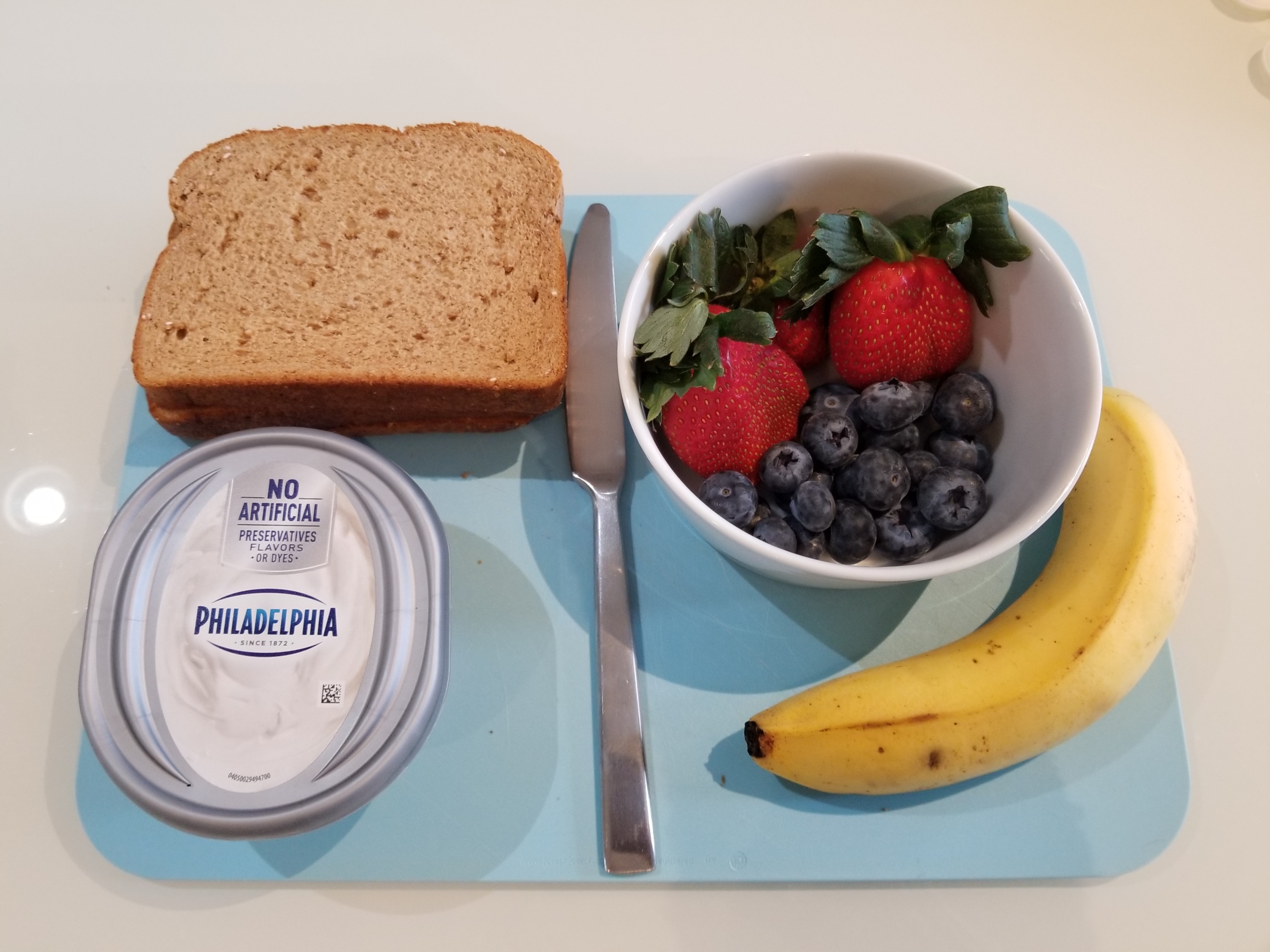
- Bread
- Cream cheese (alternative: peanut butter)
- Berries
- Bananas
- Butter knife
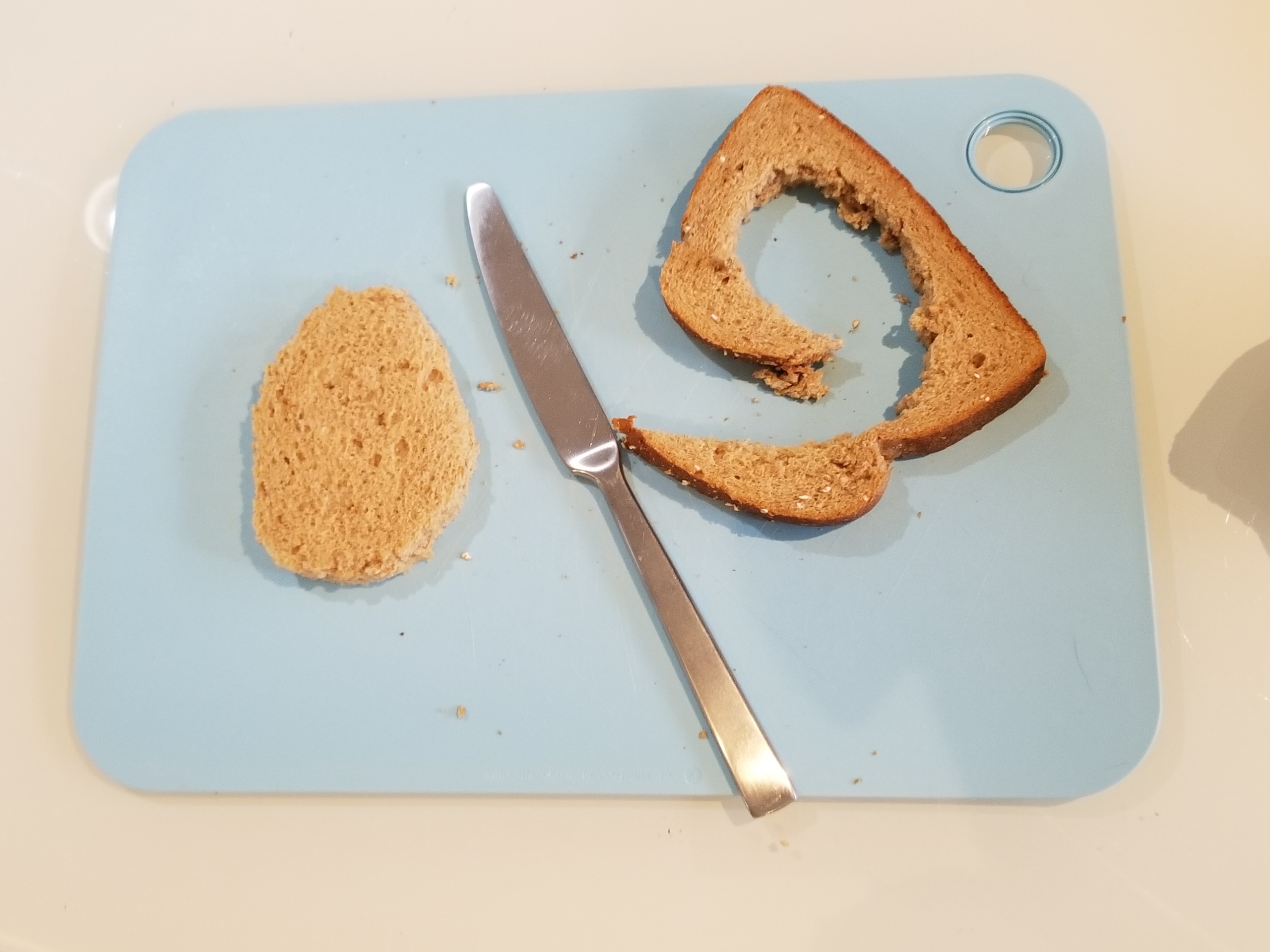
Step 1: Cut the bread into an egg shape.
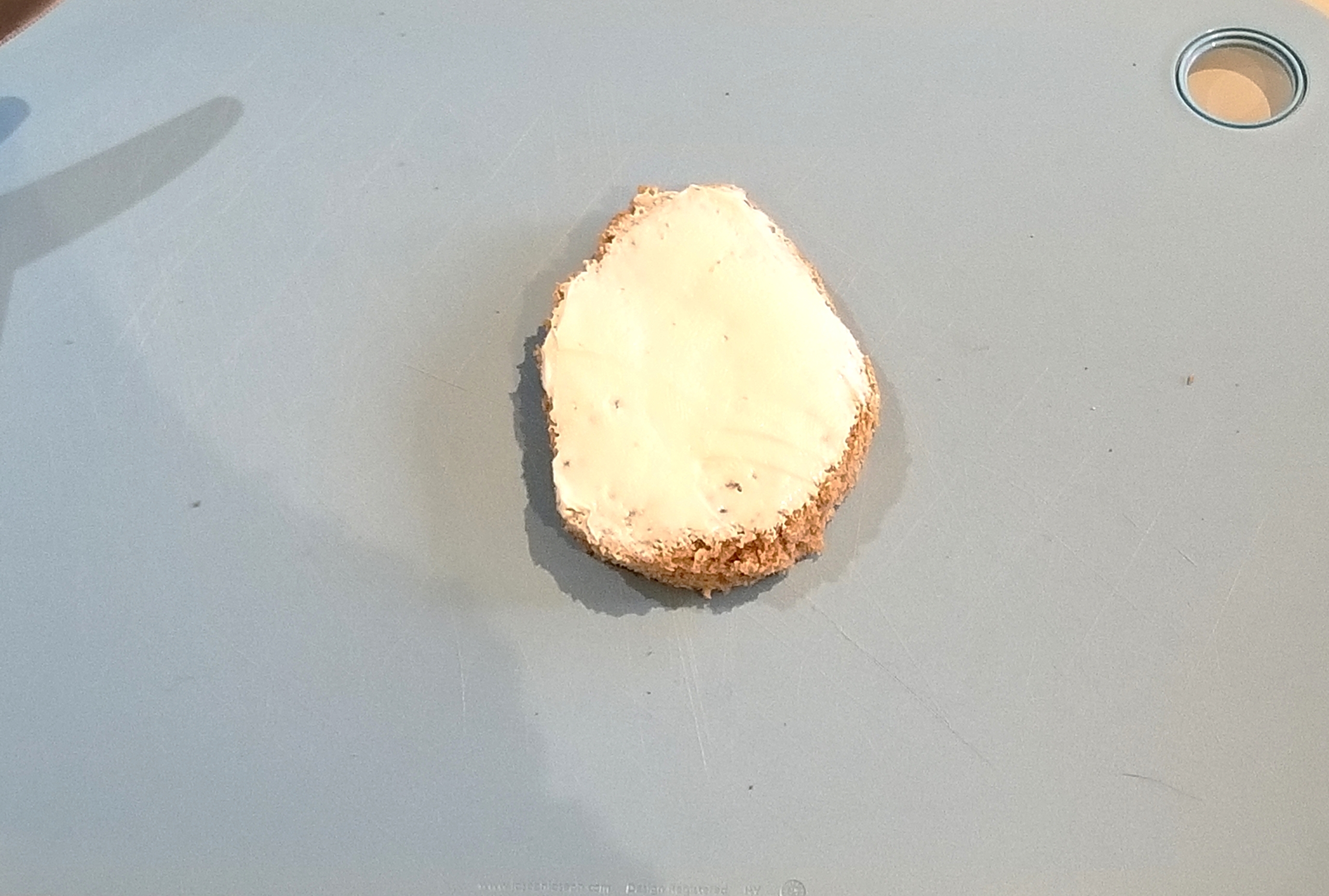
Step 2: Spread the cream cheese on the bread.
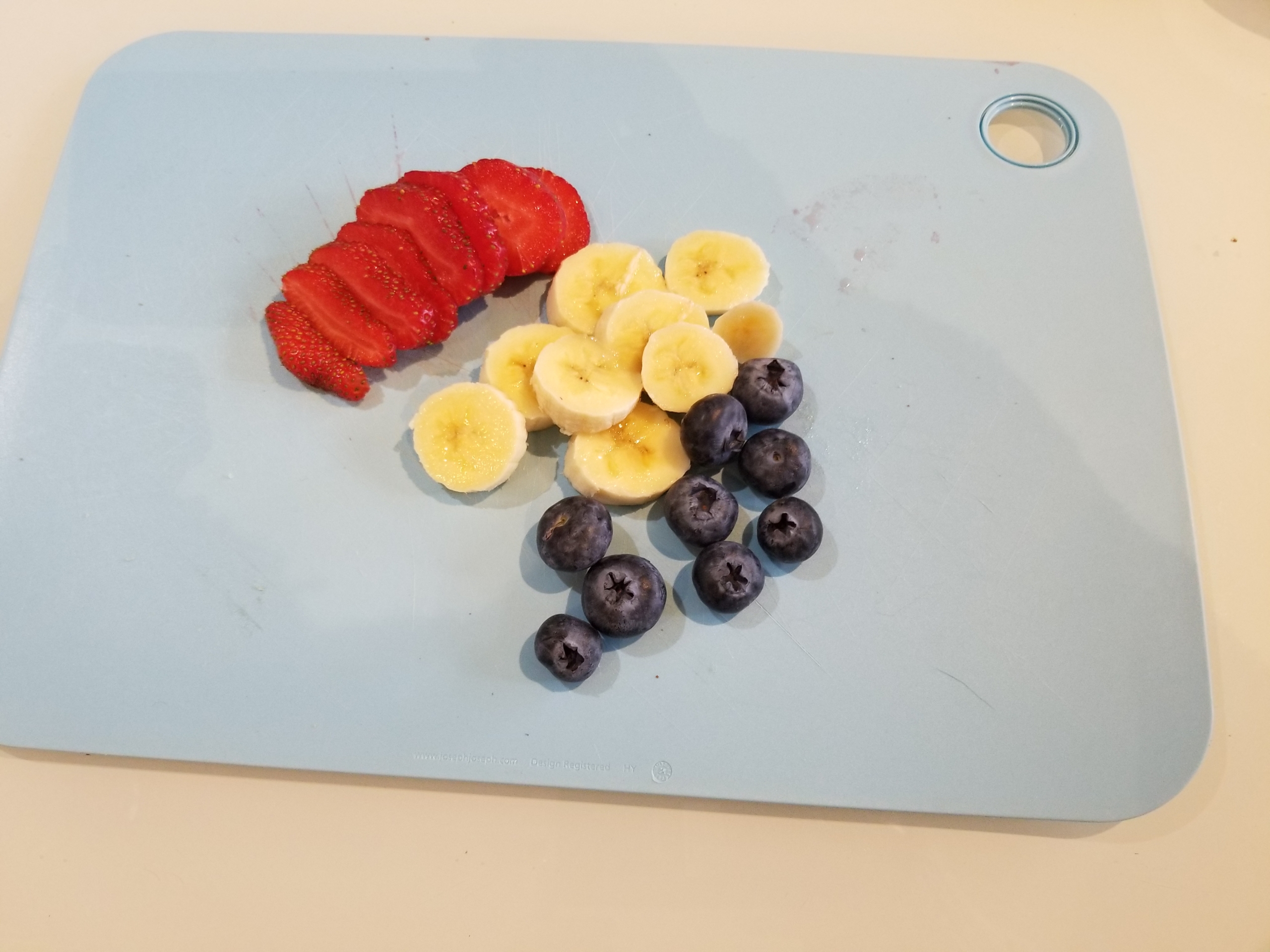
Step 3: Cut the berries and bananas.
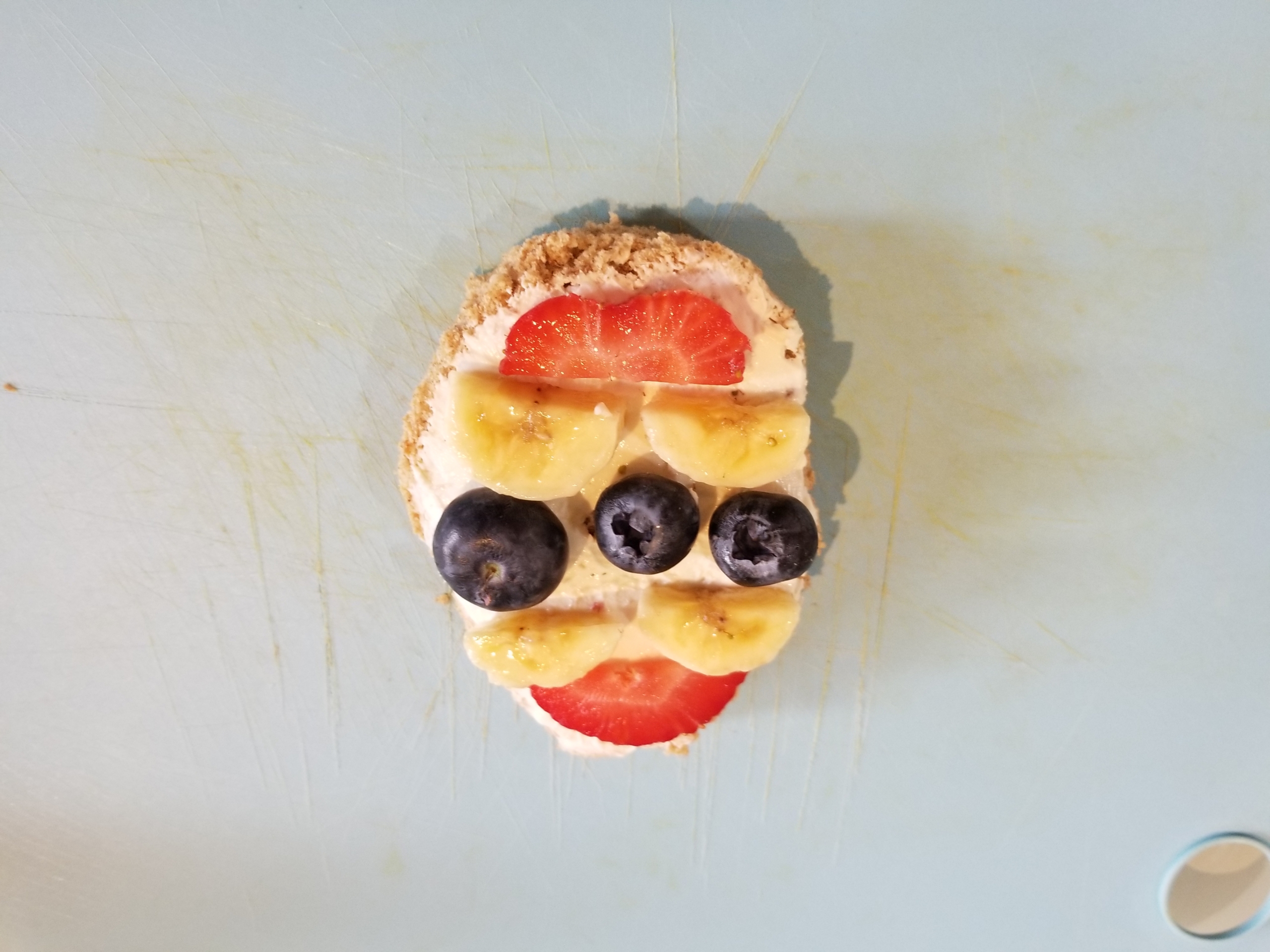
Step 4: Put the berries and bananas on the bread in an Easter egg pattern (or make an Easter bunny face).
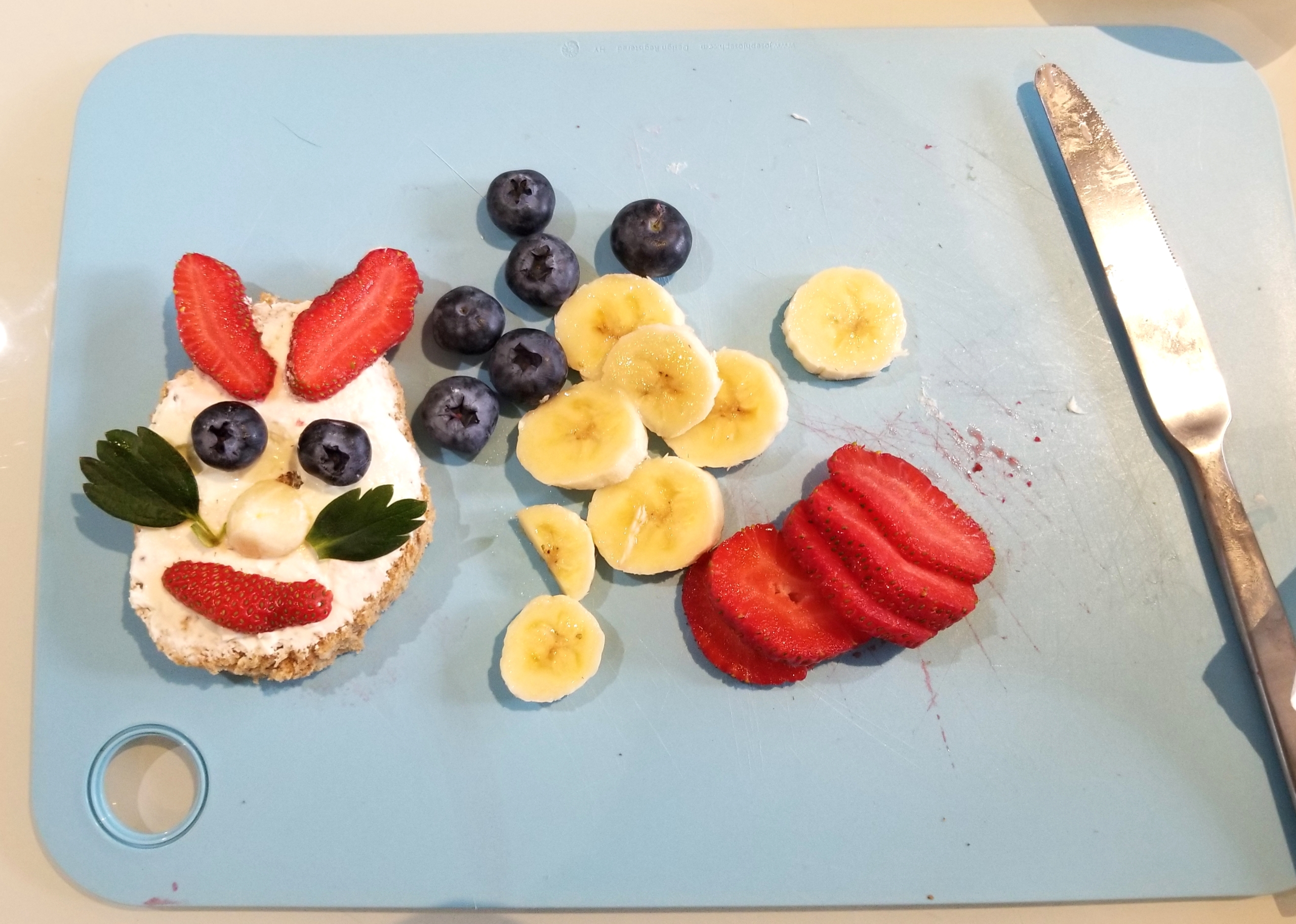
Step 5: Eat!

